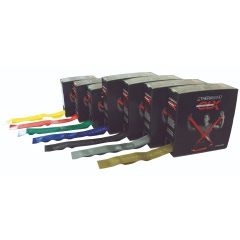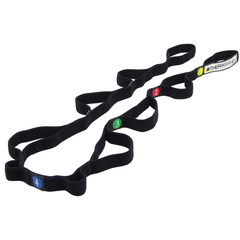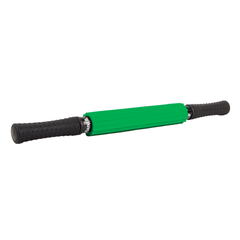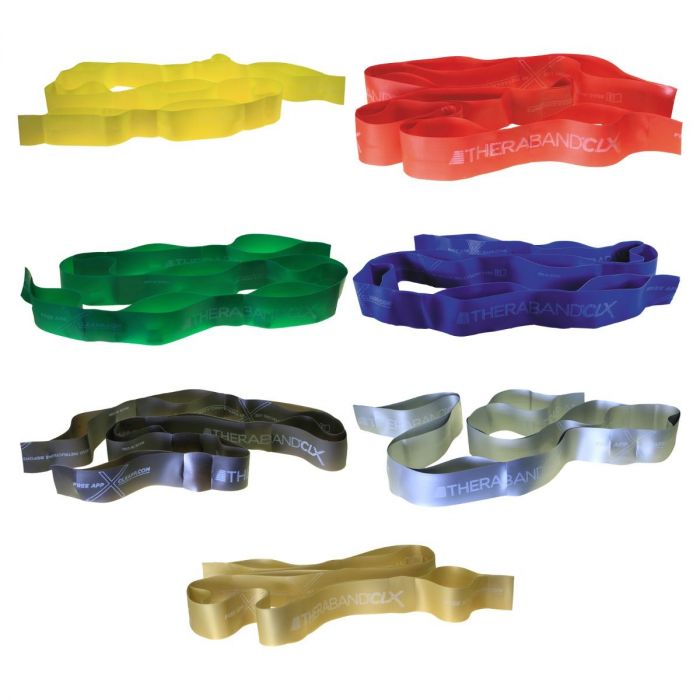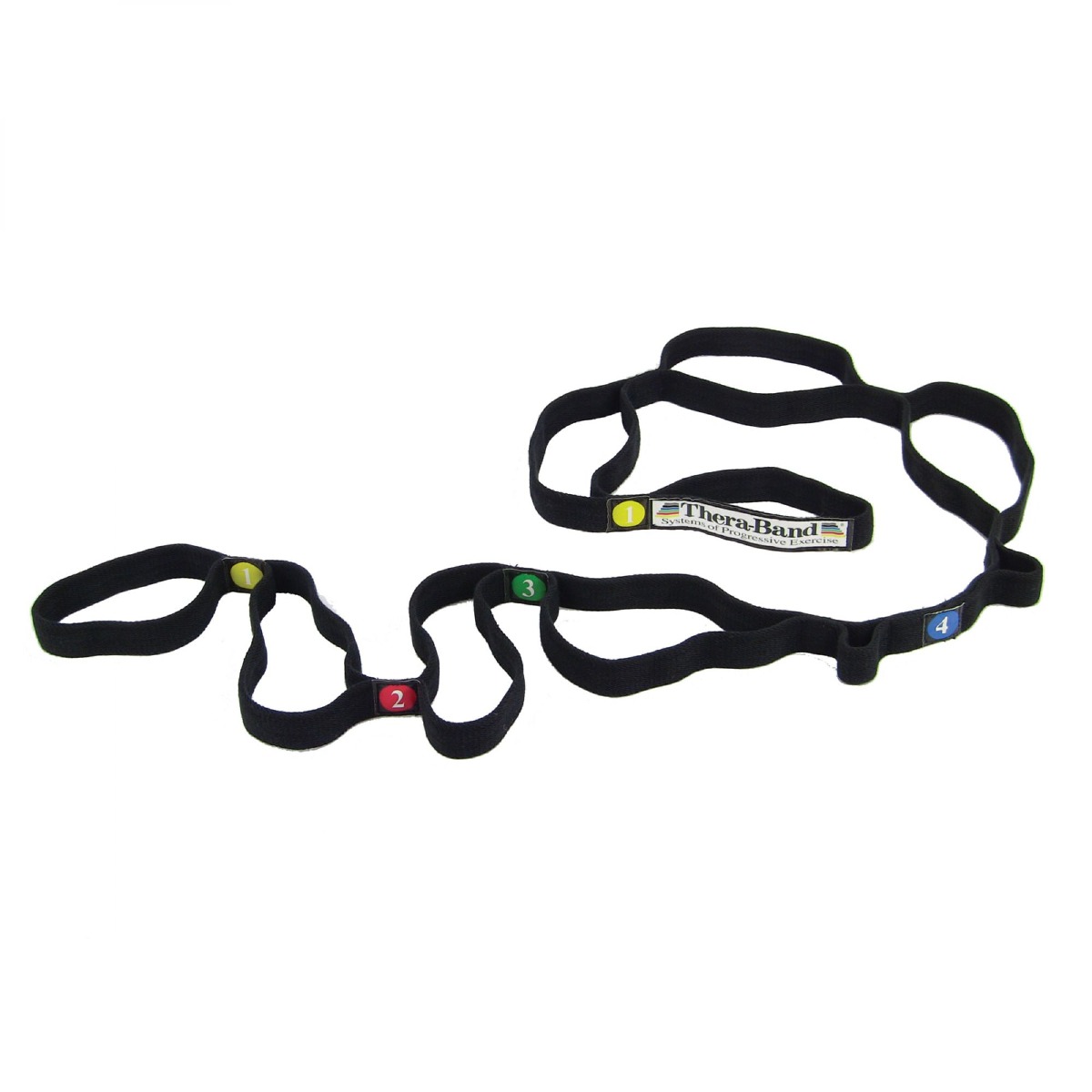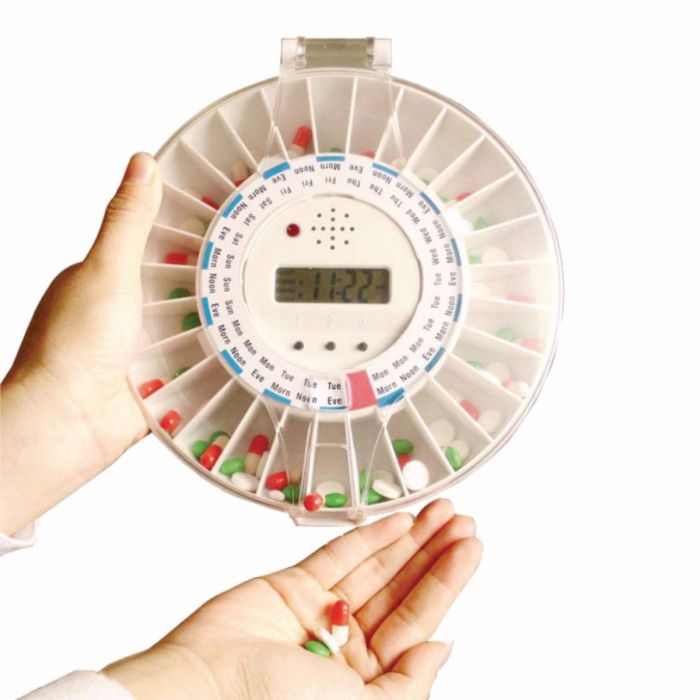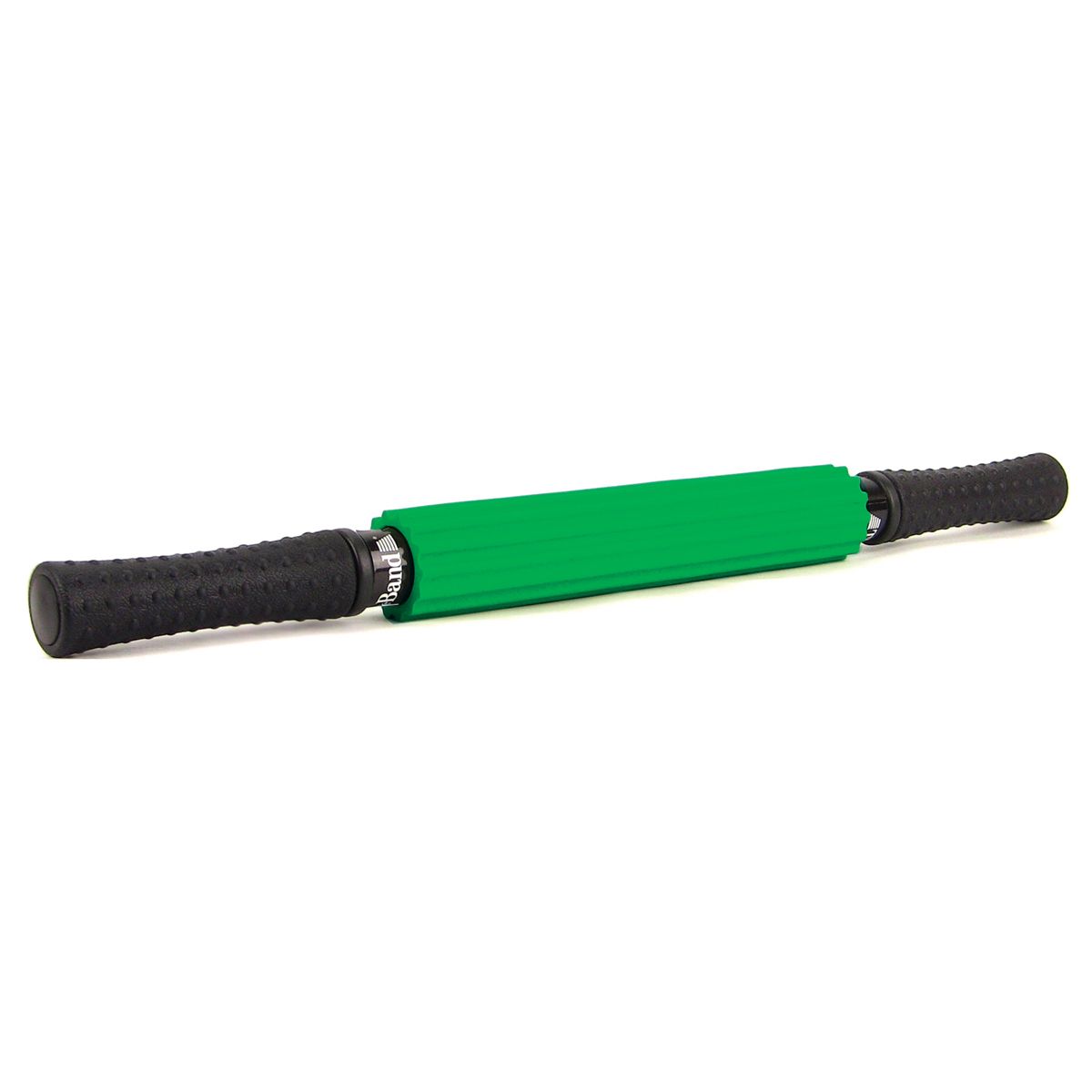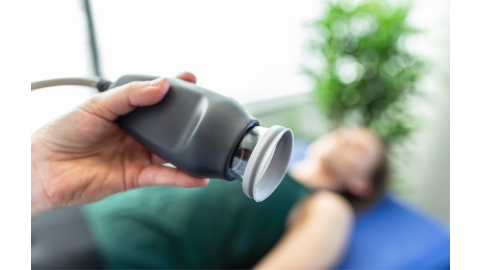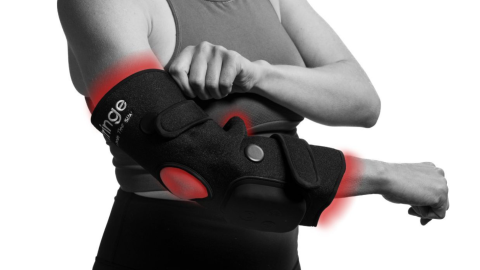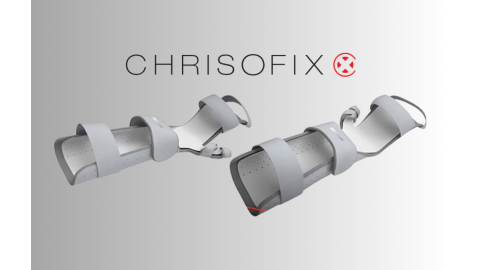Key Takeaways
- Telehealth has been around for many years, but through the pandemic clinics have had to change their approach on seeing patients and helping them work through their rehab series
- Before you start implementing telehealth in your practice, make sure that you know your state licensure rules and regulations
- If you are unsure if your state has a stance on physical therapy telehealth you can contact your state licensure board
- Make sure to review state legislations and regulations that might affect billing and coding through hardware and software requirements
- Learn more about how to implement telehealth in your practice and the top products for your patients to use at home
Top 5 Products for Home-Health & Telehealth
The pandemic has changed the landscape of this country in many ways, including the way that people look at their therapy roadmap. It is important to understand the different options for at home-health and telehealth visits.
Discover top products for your patients' home-health and how to implement Telehealth in your practice!
- Common Questions about Telehealth
- Top Products for Home-Health & Therapy
- Q & A with Clinic Owner & Physical Therapist: Shawn Burger
Common Questions about Telehealth
Who can utilize Telehealth?
Telehealth is a common practice for patient care. During the first quarter of 2020, the number of telehealth visits increased by 50%, compared with the same period in 2019, with a 154% increase in visits noted in surveillance week 13 in 2020, compared with the same period in 2019.1
With the increase in telehealth, there has also been an increase in products purchased for at-home use. Remember the dumbbell shortage of 2020? Physical Therapists, Occupational Therapists, Chiropractors and Athletic Trainers alike are having to adapt to more patients choosing Telehealth or at-home therapy.
Who can benefit from Telehealth?
All patients can benefit from Telehealth. The importance of keeping up with the rehabilitation process is extremely important in these uncertain times. As the world begins to slowly open, some patients are still not comfortable going to an in-person clinic. With telehealth this alleviates the patient’s worries while allowing them still to work towards their goals.
What technology do I need to have in place to participate in telehealth?
It is important to determine of the best way to communicate to your patients. Whether it is video chatting or even checking in with secure texting solutions, it's important to consider a product that can offer the solutions you need.
Another point to consider your internet connection. Having a high bandwidth internet connection allows for optimal audio/video interface quality.
When dealing with any patient, making sure you are HIPPA compliant is always extremely important. This goes for telehealth technology as well. Make sure that the software you use complies with HIPPA requirements for privacy and security.
Should Telehealth be utilized for all patients?
When using Telehealth in your practice, you might want to consider identifying the types of conditions you want to treat via Telehealth versus the types of conditions you want to treat in person. They can also be combined!
It will be important to communicate this change to your patients if you will be utilizing Telehealth in your clinic. Provide information about Telehealth technology that your patients will need – live audio and video, remote care, hours available for Telehealth, contact information for any concerns and even the language you might be communicating in.
Home-Health & Therapy
While home-health has been around for many years, the pandemic also changed the landscape of practitioners traveling to patients in their home. Products and services that practitioners use for both Telehealth and home-health therapy are also available for patients to use to assist their rehabilitation progress.
Top Products for Home-Health & Therapy
TheraBand – TheraBand resistance bands are a great tool for in-home therapy. The trusted color progression will allow your patients to progress safely while allowing dosing to be controlled. There are a lot of TheraBand options to choose from.
The beginner kit allows patients to have 3 of the lighter resistance TheraBands in one package. If your patient is ready to move to the next color, they have that option.
TheraBand CLX is yet another option for your patients. This takes resistance training to the next level. There are loops built into the TheraBand every 5 inches, allowing progression and an easy-grip loop to hold onto or place feet into.
The TheraBand CLX is sold in the same color progressions as other TheraBand flat band and tubing products. As a practitioner, you will know exactly how much resistance your patient will be using in their in-home therapy.
Anchor – TheraBand has created an easy attachment solution for in-home therapy with the door anchor. This is used with any of the TheraBand flat bands, CLX or tubing products.
The TheraBand CLX door anchor can not only be used in a door, but the Velcro locking system can also be used around a fence other stationary pole. This allows a more permanent set-up, so you are not tying or untying the TheraBand.
Biofreeze – Is a great topical pain reliever for patients that need to alleviate any discomfort or pain associated with starting their therapy journey.
Biofreeze is a fast-acting pain relief designed to treat aches, pains, sprains, and strains so that you can stay active.
TheraBand Stretch Strap – The stretch strap is a great tool for any post hip and knee replacement patients. It allows them to help lift the foot in addition to stretching the calf if needed. The strap allows patients to stretch themselves if they are unable to be in a clinical setting or have a therapist on site.
The TheraBand stretch strap is designed specifically for stretching, adding loops for comfort and progress. The stretch strap has a small amount of elasticity, this allows a high degree of control of the amount of stretch.
Medication Holder –A big issue in home-health is medication mismanagement. Patients are often taking multiple chronic medications before their acute issues and their acute issues often require “new medications”. Medication is a very important factor in home-health management. Medication holders will allow any new medication and old medication to be stored and dosed at the appropriate time. Remind your patients to consult with their physician about any medication they may be taking daily in addition to medication for any chronic injury.
This organizer allows for the exact time to dose medication to your patient. Incorrect medication can lead to further reduction in balance, stamina, strength and more. The pill organizer makes sure you alleviate this possible issue.
Roller Massager – The roller massager is not only a great tool for massaging the muscles, but it also aids in myofascial release to help relieve soreness and pain that may be experienced after injury, surgery, or post-exercise. The roller-massager is a great tool to add to your patients' home-health routine.
Q & A with Clinic Owner & Physical Therapist: Shawn Burger

Shawn Burger, DPT, MBA, CSCS
Owner of Burger Physical Therapy
Performance Health Preferred Network member
Q: What are common mistakes that patients make when doing in-home therapy?
Shawn: Being consistent! They often don’t correlate repetition with improved function. The patient may “skip” a day or simply think that basic mobility between traveling to the bed, kitchen, and bathroom is enough. Patients rarely are concerned with balance (or the loss thereof) so getting them to be consistent even if it’s 2X a day is important. They often lay down (or recline) too much, so getting them to sit on the edge of a bed or edge of a chair is often a real effort (exercise) for them to avoid falling into dependency on a spouse or partner.
Q: Has the landscape changed for in-home therapy since the pandemic?
Shawn: Yes, there is a noticeable drive to reduce use of both hospital and skilled nursing homes (SNFs) as patients are often sent from the hospital home sooner than before… this of course means that people are often sent home weaker than in the past and there are more of them…. So, we are seeing more need for home health and at the same time less functional baselines.
Q: You mentioned the rise of patients in clinics… how can you help alleviate this with in-home therapy? Is that even possible?
Shawn: This is the million-dollar question because we are seeing more referrals and requests for services in both the clinic and within the home. The issue unfortunately becomes staffing. Everyone is looking to hire… it’s a great time to be a licensed clinician and the job market going forward will remain high. If you are a clinician, you can find work in either setting. If you are the employer, it becomes a balancing act to provide the care and keep referring sources happy.
Q: What is your advice for having compliant in-home therapy?
Shawn: There are really a few key points to successful HEP compliance…
- Keep dosing to less than 3 movements (stretches or exercises). You can always replace with new ones in the future.
- Single set dosing! Research shows that multiple sets reduce compliance. Use single sets of higher reps for endurance and motor control and single sets of lower reps for strength.
- Pick your HEP to meet the functional goal of the patient, this means what do they want! Build a HEP to address loss of ability to brush one’s hair or to get in/out of a chair. These tasks are important to someone. Identify what the patient wants to do (but can’t) and dose your HEP to help them reach that goal.
References
1. Anonymous. (2021). Telehealth in Practice. APTA: American Physical Therapy Association. Retrieved from https://bit.ly/3wrGP5t
2. Jolly, Tilman. (2020). Trends in the Use of Telehealth During the Emergence of the COVID-19 Pandemic. CDC: Centers for Disease Control & Prevention. Retrieved from https://bit.ly/36jQ7pA
3. Overman, Deborah. (2020). United Healthcare Now Allows Telehealth for Physical Therapy. Physical Therapy Products. Retrieved from https://bit.ly/2UwTcjw








 France
France Australia
Australia



